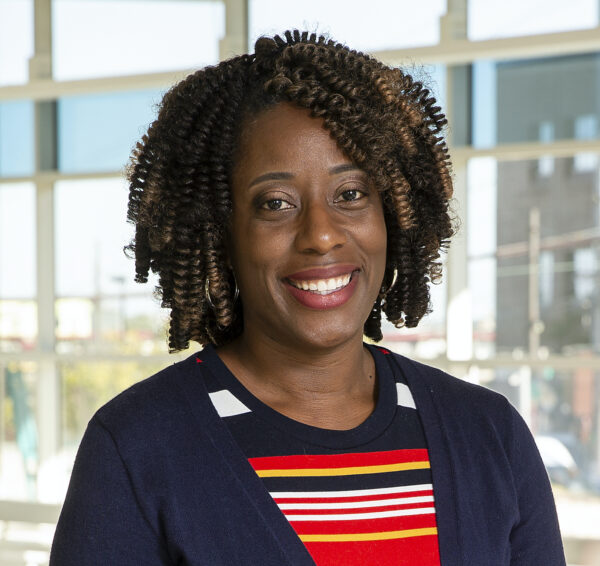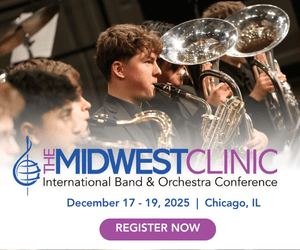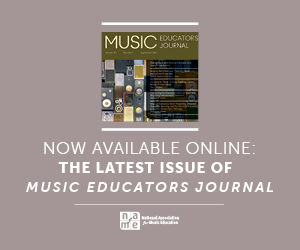NAfME BLOG
An Interview with the Creators of the Documentary Films Dr. Eddie Henderson: Uncommon Genius and Awadagin Pratt: Black in America
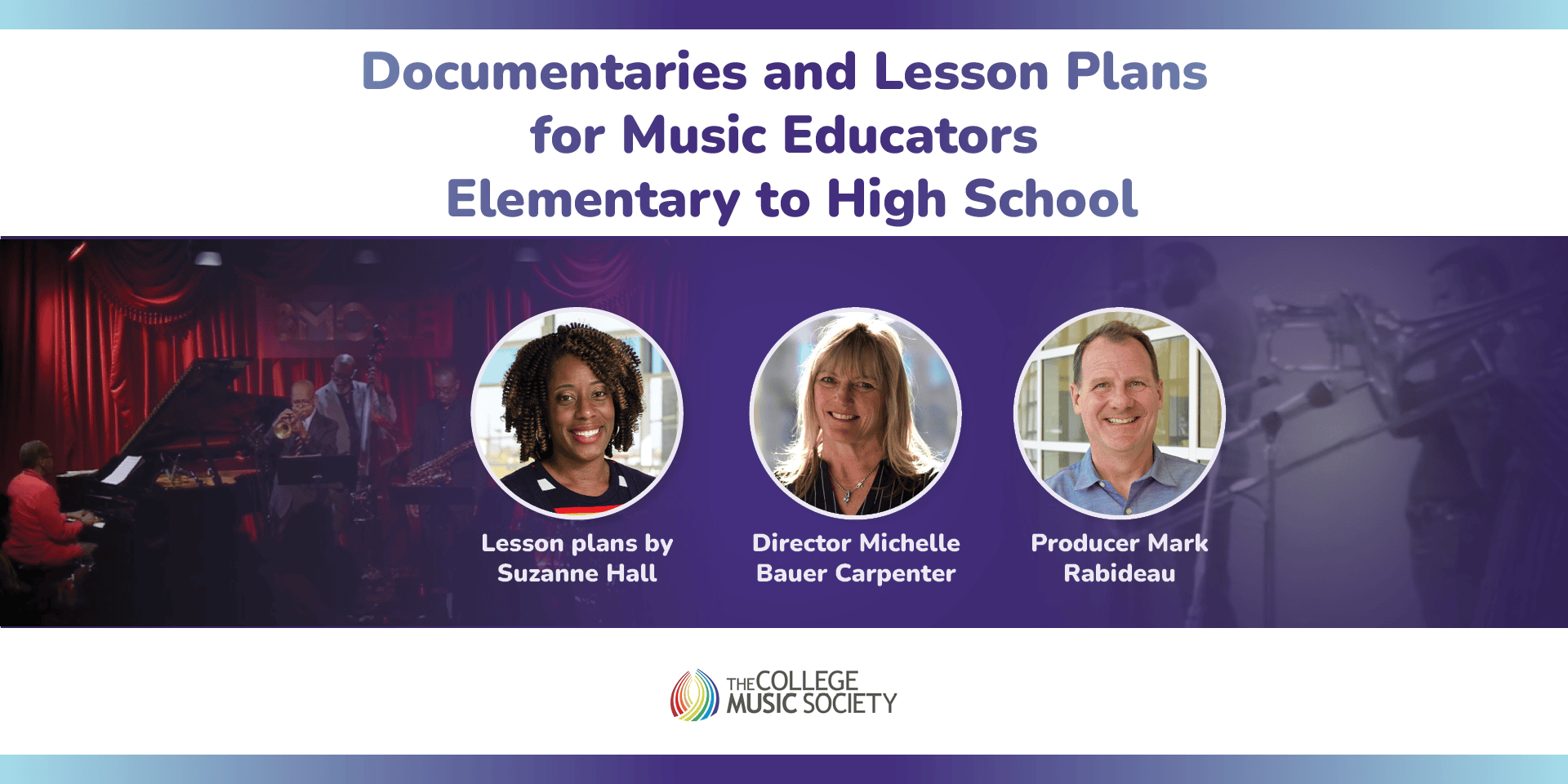
/ News Posts / An Interview with the Creators of the Documentary Films Dr. Eddie Henderson: Uncommon Genius and Awadagin Pratt: Black in America
An Interview with the Creators of the Documentary Films Dr. Eddie Henderson: Uncommon Genius and Awadagin Pratt: Black in America and Accompanying Lesson Plans
Mark Rabideau, Producer
Michelle Bauer Carpenter, Director
Suzanne Hall, Lesson Plan Creator
Access both films and accompanying lesson plans on NAfME’s website.
NAfME: Mark and Michelle, what led you to these two stories?
Mark: At the start of the pandemic, longtime friend and world-renowned pianist Awadagin Pratt sent me the first episode of his new podcast, Take Five. It focused on the music of Beethoven, a subject for which he was able to offer considerable insights. The second episode he sent me took me off guard: an unpacking of his journey from the time he was growing up in Central Illinois until the time he emerged on the global scene as an international sensation, as chronicled through “Cop Stops: Driving While Black.”
So, why be caught off guard that a Black man growing up in America will have experienced racism? We’ve known each other since our undergraduate years together at the University of Illinois and had remained close ever since, but I couldn’t remember a time when he spoke about his experiences with racism.
That’s what art can do: help us tell stories too difficult, even if too familiar, to tell in words alone.
So, we produced Episode 2 of Take Five into a multimedia staged performance with original narration authored and delivered by Awadagin, a live performance, and a film by filmmaker Alrick Brown. But the well-received message demanded a bigger stage. This is when we partnered with colleague and filmmaker Michelle Carpenter to create the made-for-PBS documentary Awadagin Pratt: Black in America.
It’s been an honor to help tell this story. After all, I am a trombone player, so reaching more than 200 million households is not something that happens every day!
“That’s what art can do: help us tell stories too difficult, even if too familiar, to tell in words alone.”
As for Dr. Eddie Henderson: Uncommon Genius, I first met Dr. Henderson in 2006 when I was hosting a radio show in New York City. Although the broadcast welcomed some of the world’s most accomplished jazz artists, Dr. Henderson’s appearance took on greater weight. I knew his storied life and wanted to be sure to honor his accomplishments in our interview.
The next day, my son Luke came home from school, announcing that he was to author a book report for Black History Month. He shared that he was thinking about writing about Harriet Tubman. I said, “Harriet Tubman, well that’s a good story to tell, but let me tell you about another great American figure, Dr. Eddie Henderson.”
Luke was hooked! And he asked if I could arrange an interview with Dr. Henderson, which I was able to do. After coaching Luke on asking smart, concise questions worthy of Dr. Henderson’s time, Luke, in the final minutes of their call, went off script, saying, “Dr. Henderson, I will be reading my book report on Tuesday morning at Irving Elementary School. Would you like to come play your trumpet?”
Retrieving the phone from my son and readied with an apology, I heard his voice, “Mark, I’ve got a gig at Irving Elementary School. I’ll need directions.”
Eddie’s visit to Luke’s school sparked a lifelong friendship between Eddie and me (and Luke). And over the years, he asked if I would author his biography. But as a white author, I didn’t feel that I could do justice to telling the life of a Black man growing up in America. The documentary was a way I was able to facilitate Eddie’s story. And it’s now aired to more than 150 million households.
Michelle: I have been a filmmaker for nearly 30 years, and I’ve always found that the most powerful stories are the ones that come to you. My longtime friend Mark Rabideau told me about a project he was working on with Awadagin Pratt, and that Awadagin would be in Denver. I immediately said yes when Mark asked if I’d be interested in interviewing Awadagin. After our conversation, I knew this story needed to be told.
Mark also introduced me to Dr. Eddie Henderson—a man I admired from our first meeting. His life is a testament to dedication and artistry. Eddie is a celebrated jazz musician, was a competitive figure skater, and formerly a practicing medical doctor. The richness of his life matches his creative spirit. His excellent documentation impressed me—it included hundreds of photographs spanning his decades of life.
“I’m drawn to stories that grow from personal experience, stories that reveal something essential about who we are. That’s the heart of documentary filmmaking for me: honoring the lived truths of others with care, insight, and art.”
My work is driven by a deep curiosity about people—their struggles, their triumphs, and how they make meaning from the chaos of life. I’m drawn to stories that grow from personal experience, stories that reveal something essential about who we are. That’s the heart of documentary filmmaking for me: honoring the lived truths of others with care, insight, and art.
NAfME: Suzanne, what are some key takeaways you would like to see for music teachers out there who access these documentaries and the lesson plans?
Suzanne: Regarding the Awadagin Pratt unit, the first is the importance of being seen and affirmed. For music teachers who have experienced the reality of “driving while Black,” I hope this offers affirmation that their experiences matter, including those stories that may still feel too painful or difficult to share. For music teachers who are empathetic to this experience, I hope they find an opportunity to connect more deeply, to listen with openness, and to better understand the lived realities of their colleagues, students, and communities. Ultimately, may this be an invitation to build spaces of belonging where all voices are valued and where every story has a place.
From Dr. Eddie Henderson’s story, I wanted to celebrate his exceptional contributions to our profession. His journey invites us to recognize that there should be no divide between performers and educators because we are all individuals working toward the same goal. By embracing this shared identity as 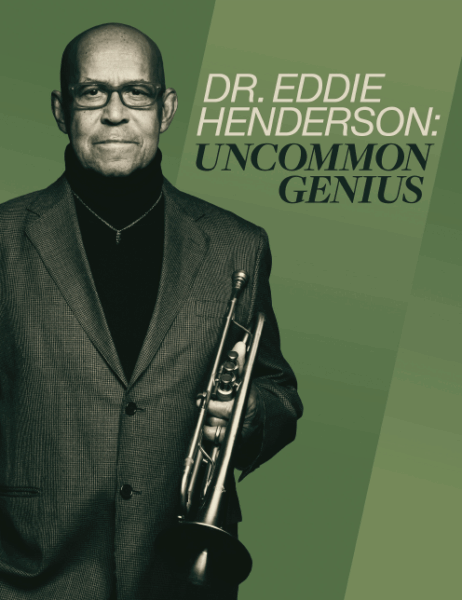 musicians, more meaningful collaboration and new opportunities between performers and educators can amplify the power of music and its ability to fulfill dreams and inspire growth. I also hope it helps us to recognize the genius in all of us and to take a moment to reflect on our individual music and education journeys, beyond academia and credentials, to the lived experiences, cultural influences, and personal passions that shape who we are as musicians and educators. In doing so, we not only honor our own paths but also create space for our students and peers to do the same.
musicians, more meaningful collaboration and new opportunities between performers and educators can amplify the power of music and its ability to fulfill dreams and inspire growth. I also hope it helps us to recognize the genius in all of us and to take a moment to reflect on our individual music and education journeys, beyond academia and credentials, to the lived experiences, cultural influences, and personal passions that shape who we are as musicians and educators. In doing so, we not only honor our own paths but also create space for our students and peers to do the same.
NAfME: What aspects of their musicianship or creativity did you feel most drawn to highlight?
Mark: Artists, by definition, see the world from a one-of-a-kind perspective and by doing so help the rest of us better understand something about the human condition. So, in working with both Awadagin Pratt and Eddie Henderson, I wanted to spotlight their perspectives on the world and illuminate the work that music can do to tell stories that speak to our shared humanity.
In the case of Awadagin, we were in the throes of producing an album together at the same time the documentary was unfolding. So, we had been talking about Awadagin’s artistic perspective as we were realizing STILLPOINT (the GRAMMY-winning album on New Amsterdam Records). What I found most interesting about working on these two projects side by side was that STILLPOINT, which examined five lines from T.S. Eliot’s The Four Quartets, was an opportunity to collaborate with six composers to reflect upon the fullness of the human experience through poetry and music, and Awadagin Pratt: Black in America was about telling his own story. And this, of course, is what music, and all art can do: create vulnerable spaces where we can share our most intimate thoughts and experiences, as well as craft ideas that are ambiguous enough for each of us to find ourselves within but concrete enough to learn from their messages.
As for Eddie, I wanted to spotlight the diverse ways in which creativity, tenacity, and opportunity (even if too often denied) can flourish.
Too often, we think of music-making as a sequence of skills to be learned, rather than a mindset to be fostered. Eddie’s story is an inspiring example of how one’s creativity can take flight across an array of disciplines.
NAfME: What was your approach for telling these stories?
Michelle: As a storyteller, I want to remain true to the subject’s story. Both documentaries were made specifically for PBS distribution and film festival submissions. The goal is to create a 30-minute documentary that is engaging and keeps the audience engrossed in the story. In Awadagin Pratt: Black in America, I wanted to ensure that the viewer understood his background and dedication to the piano and tennis. I also wanted to make sure the viewers understood the level of fame that Awadagin Pratt has achieved. Framing his rise to fame was key to establishing a lead in what he created, the Black in America piece, and transitioning into his experience with racial profiling and how he persevered.
For Dr. Eddie Henderson: Uncommon Genius, it was essential to ground Eddie’s story in his incredible life, focused lifestyle, and the people who were a part of his upbringing. His mother, Louis Armstrong, Miles Davis, figure skating, medical school, and his stellar career were critical components in the piece. It was vital to emphasize Eddie’s curiosity, need for exploration, and athleticism, which led him down many career paths, including figure skating and dual careers in medicine and music. At 82, Eddie Henderson continues to perform and record, cementing his legacy as one of his generation’s most versatile and talented jazz musicians. Eddie is one of my creative heroes.
NAfME: In what ways do you hope these stories inspire young people to chase down their own creativity and artistry?
Suzanne: The activities in the units culminate in opportunities for students to engage in creative work. Because creativity comes from within, my hope is that the stories shared serve as invitations for students to reflect on and share their own stories, expressed through music in a way that is meaningful to them.
Creativity is often sparked by inspiration, so I hope students see parts of themselves in these narratives, whether it’s confronting discrimination, overcoming obstacles, embracing multiple passions, or seizing unexpected opportunities. If they can resonate with something in Pratt’s or Henderson’s journey, or even with the artists who influenced them, I hope it plants a seed where students believe that if they can do it, maybe I can too.
“Most importantly, I want students to recognize that their lived experiences are a form of creativity. Their story is valid. Their perspective is powerful.”
Most importantly, I want students to recognize that their lived experiences are a form of creativity. Their story is valid. Their perspective is powerful. And whether they express it to connect with others or simply for themselves, that expression is reason enough to create.
NAfME: What conversations do you hope these documentaries and materials spark?
Mark: That a life lived through music begins by discovering that which we uniquely offer the world. And that our stories can inspire others. And that listening to stories different than our own is a path for building a more empathetic, accepting world.
Michelle: Film, music, and art are essential tools for engaging and creating discourse on political and social issues of our time. Films, music, and art challenge perceptions, provoke thought, and transform how we understand the world. Awadagin Pratt: Black in America not only exposes Awadagin’s extraordinary musical journey but also can prompt vital conversations about systemic racism and privilege in America.
Dr. Eddie Henderson: Uncommon Genius displays how dedication and curiosity can shape your career and life. I hope people will talk about how you should follow your dreams and passion when thinking about your career path.
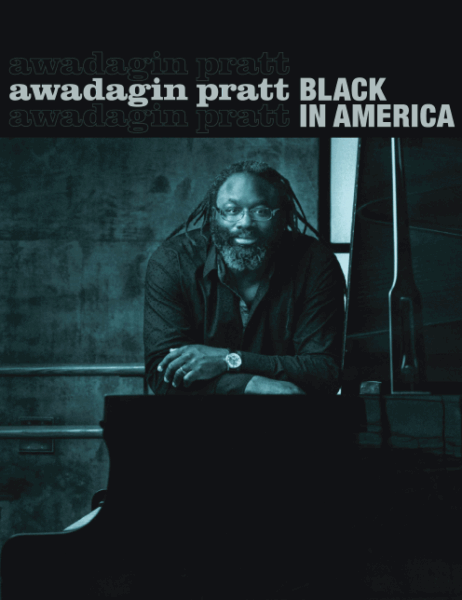 Suzanne: I hope these documentaries spark ongoing conversations about social justice in all its forms (race, gender, economic, environmental, healthcare, education) because these issues deeply impact people’s lives. I also hope they lead to more discussions about how music remains a viable and meaningful career path and for students to view music not just as something they do but as something they can offer—a form of service, healing, personal fulfillment, and contribution that addresses the needs they or their communities experience. I want to remind all of us that music is a powerful tool for advocacy, connection, and creating change in the world around us.
Suzanne: I hope these documentaries spark ongoing conversations about social justice in all its forms (race, gender, economic, environmental, healthcare, education) because these issues deeply impact people’s lives. I also hope they lead to more discussions about how music remains a viable and meaningful career path and for students to view music not just as something they do but as something they can offer—a form of service, healing, personal fulfillment, and contribution that addresses the needs they or their communities experience. I want to remind all of us that music is a powerful tool for advocacy, connection, and creating change in the world around us.
Finally, I hope conversations include questions that ask, What else can music tell about the human story? and What more can we learn about our own creative paths? These questions continue the journey toward understanding music not only as an art form but as a way of living, serving, and growing into our most authentic creative selves.
 Mark Rabideau is a frequent speaker on how the creative energies of artists and the arts help address the world’s most pressing problems. Mark was named to The National Academy of Television Arts & Sciences (Class of 2024), The Recording Arts Academy (Class of 2023), Past-President of the College Music Society, Founding Editor of Emerging Fields in Music (Routledge Publishing), and Associate Dean for Faculty and Student Affairs within the College of Arts & Media at the University of Colorado Denver.
Mark Rabideau is a frequent speaker on how the creative energies of artists and the arts help address the world’s most pressing problems. Mark was named to The National Academy of Television Arts & Sciences (Class of 2024), The Recording Arts Academy (Class of 2023), Past-President of the College Music Society, Founding Editor of Emerging Fields in Music (Routledge Publishing), and Associate Dean for Faculty and Student Affairs within the College of Arts & Media at the University of Colorado Denver.
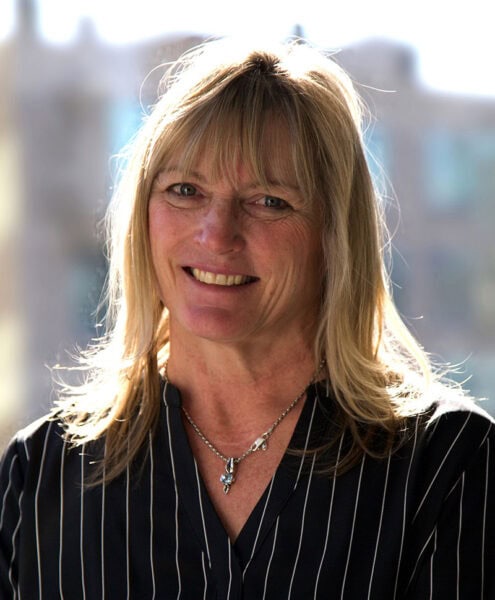 Michelle Bauer Carpenter is the Executive Director of the School of Communication at Northern Arizona University, a professor, an award-winning filmmaker, and a Creative Media and Film educator. She is passionate about people, creative and scholarly practice, research, and education. Carpenter’s leadership, film, design, and higher education experience is extensive, spanning 29 years as a director, producer, editor, cinematographer, designer, and educator.
Michelle Bauer Carpenter is the Executive Director of the School of Communication at Northern Arizona University, a professor, an award-winning filmmaker, and a Creative Media and Film educator. She is passionate about people, creative and scholarly practice, research, and education. Carpenter’s leadership, film, design, and higher education experience is extensive, spanning 29 years as a director, producer, editor, cinematographer, designer, and educator.
Suzanne Hall is Associate Professor of Music Education at Temple University where she teaches courses in general music education. Her primary research interests focus on music and English/Language Arts (ELA) connections and cultivating inclusive spaces. She is a frequent presenter at state and national conferences and conducts professional development workshops on music and ELA integration strategies for school districts across the country. Her books include The Musical Bookshelf: Connecting Diverse Children’s Literature with Music, Teaching Elementary Music: Integrative Strategies between Music and Other Subjects, and General Music: A K12 Experience.
Interested in reprinting this article? Please review the reprint guidelines.
The National Association for Music Education (NAfME) provides a number of forums for the sharing of information and opinion, including blogs and postings on our website, articles and columns in our magazines and journals, and postings to our Amplify member portal. Unless specifically noted, the views expressed in these media do not necessarily represent the policy or views of the Association, its officers, or its employees.
Published Date
June 10, 2025
Category
- Race
- Representation
Copyright
June 10, 2025. © National Association for Music Education (NAfME.org)
